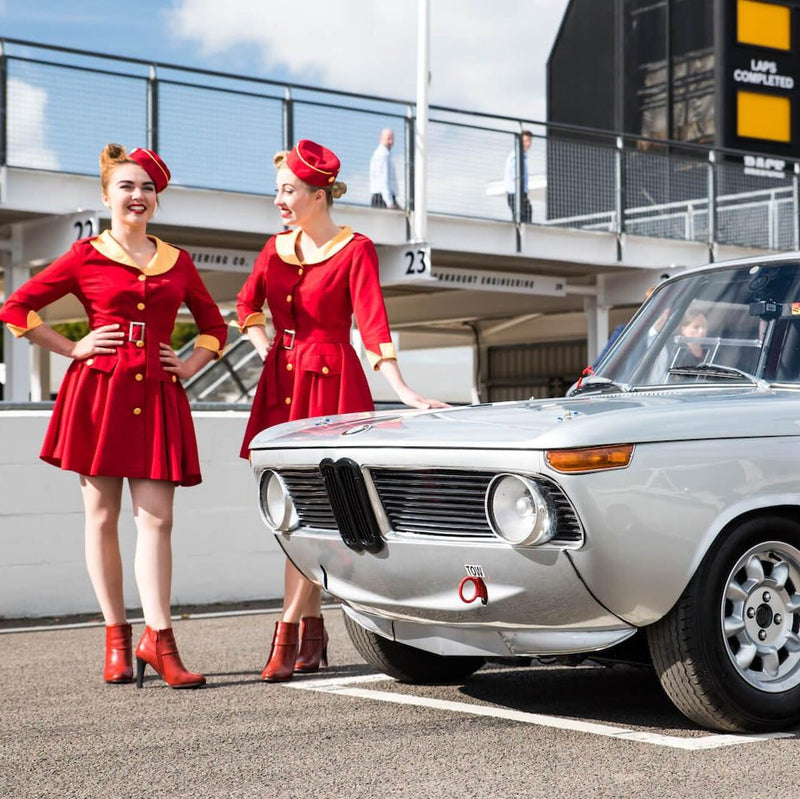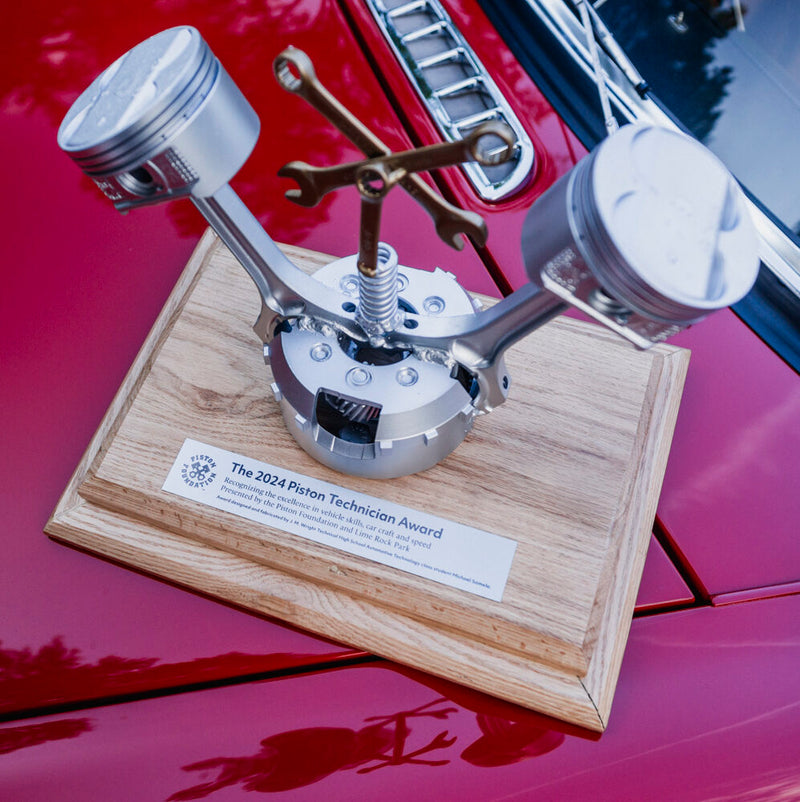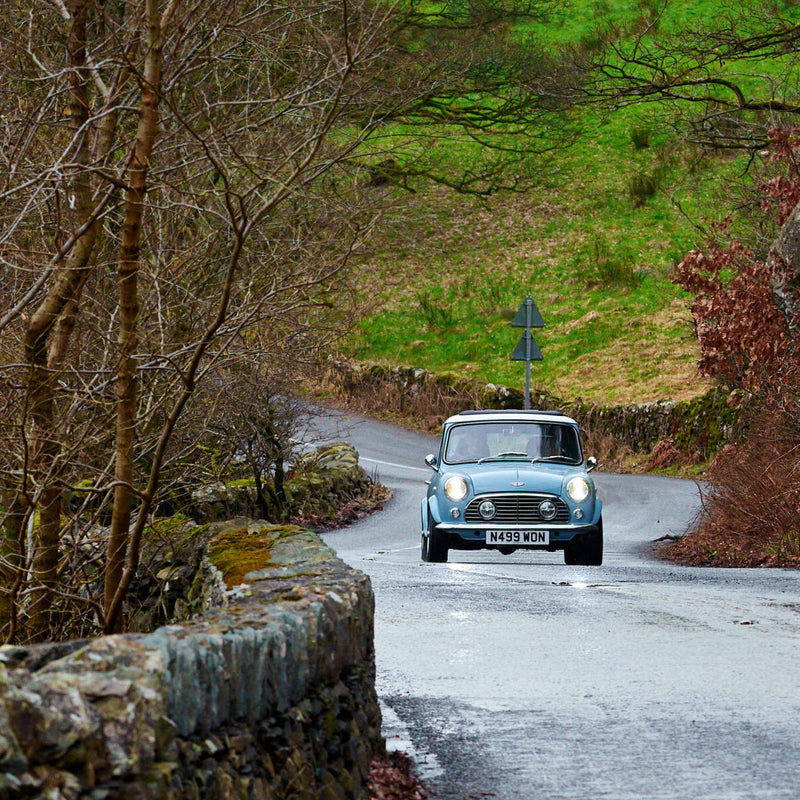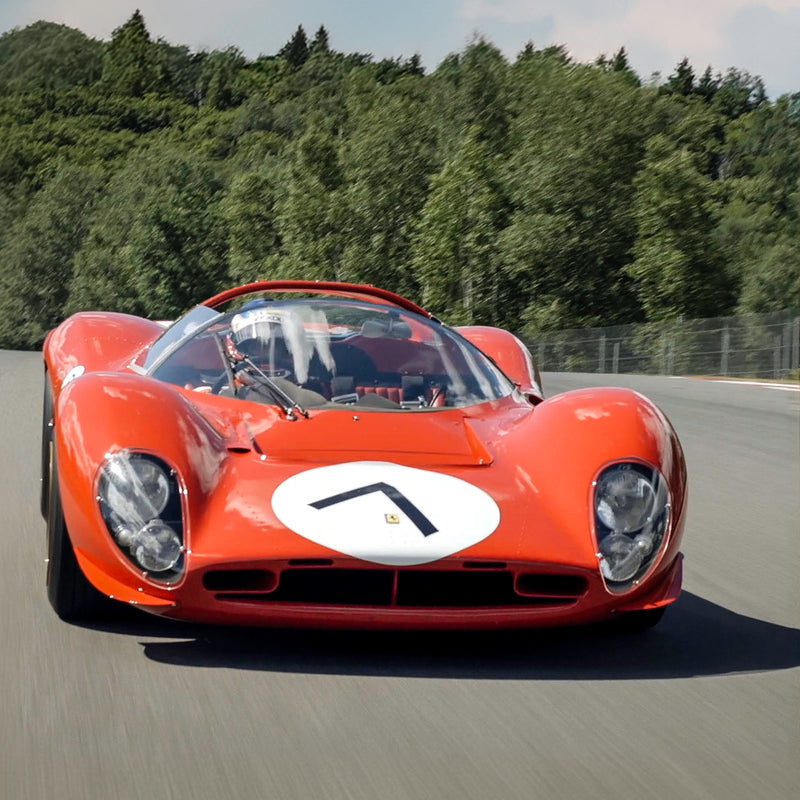The originalLancia Delta was a pretty unassuming car, although it scooped the European Car of the Year in 1980. This boxy five-door hatch focused on practicality rather than performance, so nobody could have predicted just what a monster the Delta would become.
By 1986 Lancia had introduced a four-wheel drive Delta HF that looked little different from what had come before – then the wick was turned up ever further. We got the Integrale in 8-valve and 16-valve guises before the Evo I and Evo II, all created to win the World Rally Championship.
Lancia Integrale inspection checklist
Lancia would win the WRC for six consecutive years (1987-1992 inclusive), a record that’s still unbeaten. But you don’t have to take part in top-flight rallying to appreciate the Lancia’s qualities; a brief drive on a decent stretch of twisty B-road will soon win you over and, even better, you can take the whole family along for the ride.Engine
The Integrale’s engine will take hard use quite happily, but not neglect. The most important thing is to change the oil regularly – every 3000 miles is ideal – and also to keep the level maintained. Hard use can see oil used at the rate of a litre every 1000 miles.The oil pick-up point for the turbocharger is higher than for the sump’s, so the turbo can seize long before the engine suffers any problems if the oil level is allowed to drop. Also, if the car is cornered hard with a low oil level the big end bearings are starved of lubrication, which leads to premature wear. Listen for rumbling from the bottom end, which gives away the fact that a bottom-end rebuild is due.
Water pumps are costly so make sure a new one isn’t needed by looking for signs of coolant leaks; there will probably also be screeching sounds too.
Gearbox
The transmission was designed to cope with hard use, so unless the car has covered a really high mileage or been terribly abused, the drivetrain shouldn’t be showing any significant signs of wear.The Integrale’s five-speed gearbox will last for at least 150,000 miles before it needs any attention, although if the car has been driven really hard some expenditure might be needed before 100,000 miles have been notched up.
Once wear occurs it will be the synchromesh on second and third that starts to go, so feel for baulking. Also check for clutch wear by seeing if things slip as you accelerate through the gears. Replacing a clutch isn’t cheap but all of the parts are available.
Suspension and brakes
Crashed or abused cars can suffer from the wheels not tracking true; a four-wheel alignment check can throw up all sorts of problems. Suspension bushes can be treated as consumables; most Integrales have eight but Evos have just six.The Integrale’s suspension is generally tough, but if you’re buying an Evo 1 a vibration through your left foot suggests the rose-jointed anti-roll bar drop link bushes are tired. They typically last just 5000 miles but they’re not expensive to replace.
Be wary of cars uprated with Bilstein struts as they make the ride harsh and stress the bodyshell. Also be wary of cars converted to left-hand drive; all Integrales were built with the steering wheel on the left. Some cars were converted to right-hand drive on a semi-official basis, but the low-geared Regata steering racks that were used are not suited to the car at all.
The brakes cope well with hard use but eventually they’ll give up, so feel for juddering which signifies warped discs. At replacement time it’s worth fitting upgraded parts for extra stopping power.
Bodywork
Forget Lancia’s reputation for rust; it’s crash damage that you need to be much more wary of. However, corrosion can strike, usually because of sub-standard crash repairs. Start with the inner rear wings and sills along with the sunroof and windscreen surrounds. Other corrosion hot spots include the rear crossmember and suspension turrets, the front nearside chassis leg and the jacking points.Any car that’s been crashed then badly repaired will have shut lines that are all over the place, although even when new they weren’t always that good. Any ripples in the structural panels and the A-, B- or C-pillars are another giveaway. You need to be especially wary when buying a car imported from mainland Europe as these are often bodged to get them back on the road.
Interior
The interior trim wears well, which is good because parts are hard to find, especially for early cars. When stuff is available it tends to be very expensive, so check the seats, trim panels and carpets closely.The electrical system is usually reliable but glitches can crop up, usually fixed by cleaning contacts. If the headlights seem very poor it’s because of voltage drops in the wiring, so look at the loom and relays before resorting to uprated bulbs.
History
- 1986: The Lancia Delta HF Turbo 4WD is introduced. A Thema 2.0-litre twin-cam ‘four’ with Garrett T2.5 water-cooled turbo gives 165bhp. The fixed torque split is biased 56:44 front:rear. 5298 are built.
- 1988: The Integrale arrives with boxy wheelarches that house bigger wheels and brakes. The T3 turbo is bigger, as is the intercooler, so there are bonnet louvres to keep it all cool. 9841 are made.
- 1989: There are now 16 valves and the car sits closer to the ground. ABS is optional and the fixed torque split is now 47:53 front:rear. 12,860 are produced.
- 1991: The Delta HF Integrale 16v Evoluzione appears, or Evo 1. The blistered wheelarches are bigger the track is wider, there are stronger brakes with standard ABS and the rear wing is adjustable. Including the special editions, 6451 Evo Is are made.
- 1992: A special series of 400 Delta HF Integrales is built, with white wheel rims, Martini-Racing colours adorning the sides, black bonnet grilles and a black rear spoiler. Inside are Recaro seats, black Alcantara upholstery with red stitching, red seat belts and a numbered plaque on the centre console.
- Later that year there’s another series of 310 special editions with white paintwork and a Martini-Racing strip along the sides. Inside, there are turquoise Alcantara Recaro seats with red stitching. The HF logo on the head restraints and a numbered plaque on the centre console.
- 1993: The final derivative goes on sale, the Evoluzione 2, with 16in wheels and standard air-con. The turbo is smaller to reduce lag and power rises to 215bhp. This is the last of the range with a number of special edition cars built. Giallo, Blue Lagos, Pearl White, Dealer Edition and the Final Edition. Including the special editions, 2481 Evo IIs are made.
PetroFact
Any unmodified Integrale in good condition is guaranteed to be a blast to drive and a cast-iron investment too. The problem is finding such a car because so many Integrales have been crashed and/or modified.As values creep up originality is becoming more and more highly prized, so don’t be afraid to snap up a superb car that might a bit on the high side price-wise. Unless it’s ridiculously priced you’ll always get your money back in the long term.
Most buyers are focused on the later cars with the Evo II the ultimate prize, and this is likely to always carry a premium in the collector’s market. However, any Integrale that’s to standard spec or sympathetically modified will always be sought after. And you’ll soon see why after just a few minutes behind the wheel.
Prices
- Project £3000-4000 (app. $3800-$5000)
- Good £15,000-17,000 (app. $18,500-$21,000)
- Concours £20,000-25,000 (app. 25,000-$31,500)




















































